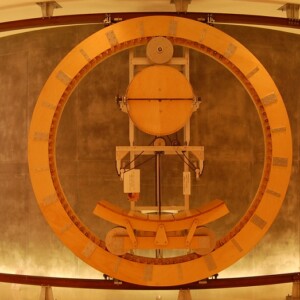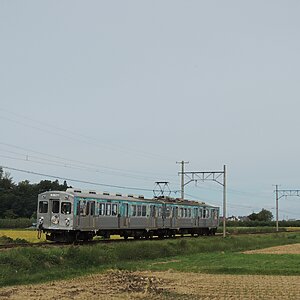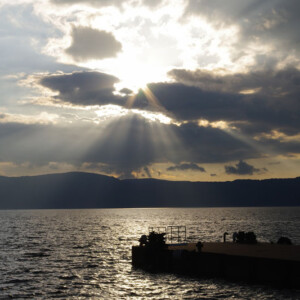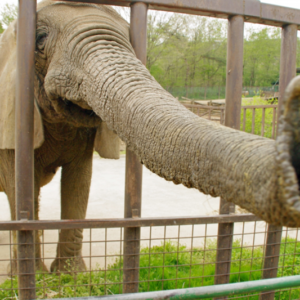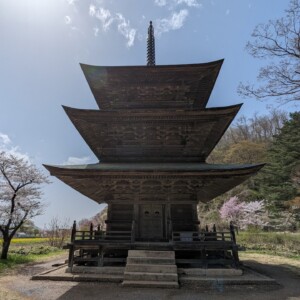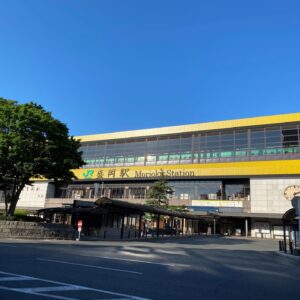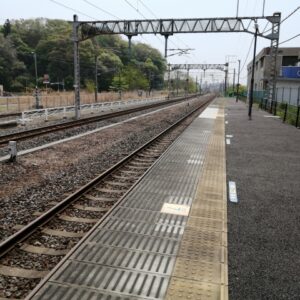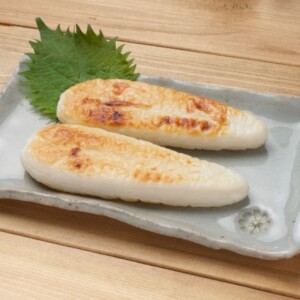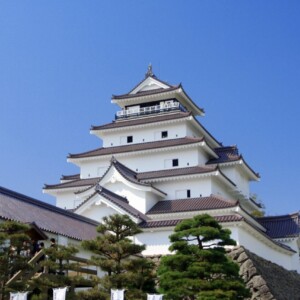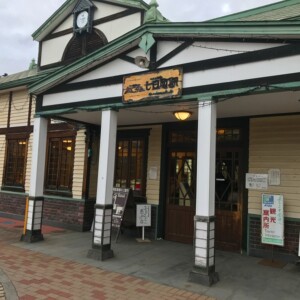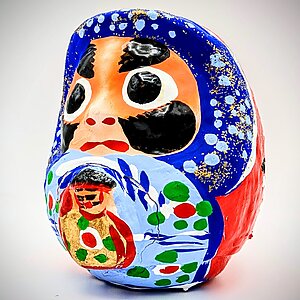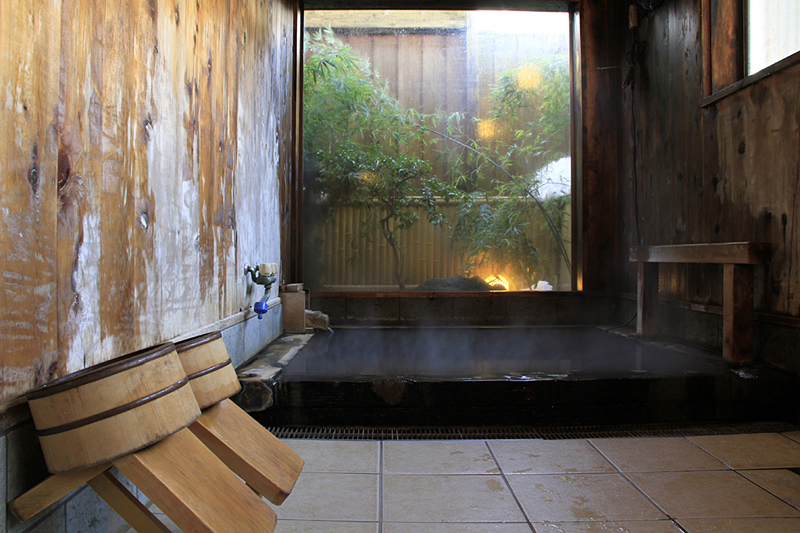
[Tenei Village, Fukushima Prefecture] Two hot spring inns with thatched roofs. ``Iwase Yumoto Onsen'' full of nostalgic atmosphere
table of contents
- 1 Two inns that retain the atmosphere of a rustic spa.
- 2 Use the chloride spring that still gushes out naturally and is rich in efficacy.
- 3 A hot spring discovered during the Heian period, an inn connected to Yumori that has been passed down through generations.
- 4 “Gensentei Yuguchiya” is designated as a registered tangible cultural property of the country.
- 5 "Hinoki Bath Inn Bunke" has been renovated in a modern Japanese style with a reduced number of rooms.
Iwase Yumoto Onsen is located in Tenei Village, located in central Fukushima Prefecture, sandwiched between Sukagawa City, Shirakawa City, and Aizuwakamatsu City.
In the center of Tenei Village, Hosaka Pass, the watershed that divides Japan into east and west, runs north to south. The population is approximately 5,400 people and 80% of the area is forested.
The village is home to Lake Hatori, a highland resort that is well known in Fukushima Prefecture, and has become popular as it is lined with stylish and sophisticated hotels and pensions that can be mistaken for European resorts.
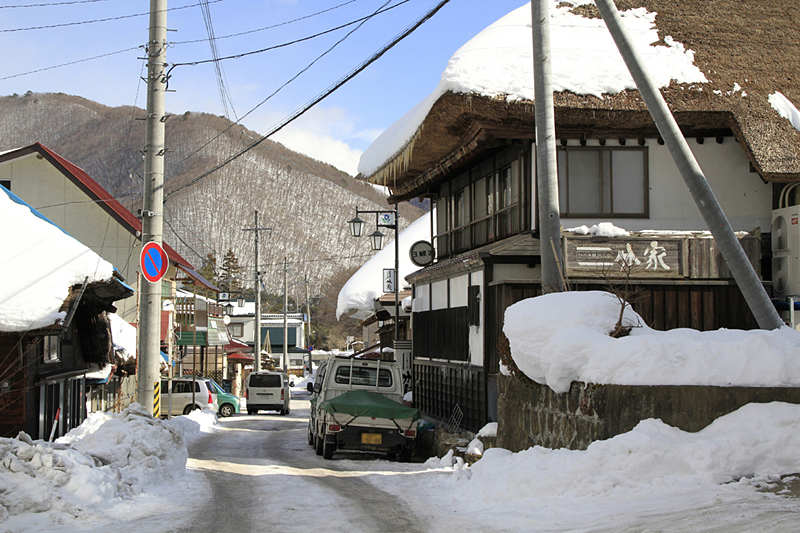
"Iwase Yumoto Onsen" is a purely Japanese-style hot spring area that is in contrast to Lake Hatori, and is smaller than other hot springs in Fukushima Prefecture such as Aizu Higashiyama Onsen, Tsuchiyu Onsen, Dake Onsen, Ashinomaki Onsen, and Iwaki Yumoto Onsen. Although it is not well-known, it has a great charm that cannot be found anywhere else.
Two inns that retain the atmosphere of a rustic spa.
"Iwase Yumoto Onsen" has only two hot spring inns. The reason why these hot springs, which are often overlooked, captivate hot spring fans is that you can enjoy the atmosphere of a traditional spa.
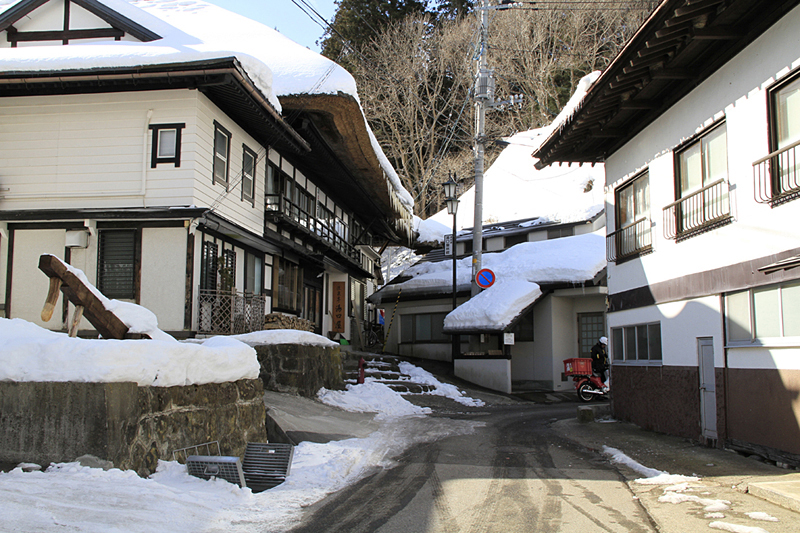
There are two hot spring inns: ``Gensentei Yuguchiya'' and ``Hinoki Furo no Yado Bunke.''
We operate our business as if nestled in a small alley. Both of these buildings are old folk houses with thatched roofs that were built over 140 years ago. From the outside, it looks like a self-catering spa, but once you stay there, you'll realize that it's a hot spring inn where you can forget about the hustle and bustle of the city with its warm hospitality.
The current building was rebuilt after the Boshin War (1868-1869). Until recently, there was another hot spring inn called Kadoya, but unfortunately it is no longer open.
Use the chloride spring that still gushes out naturally and is rich in efficacy.
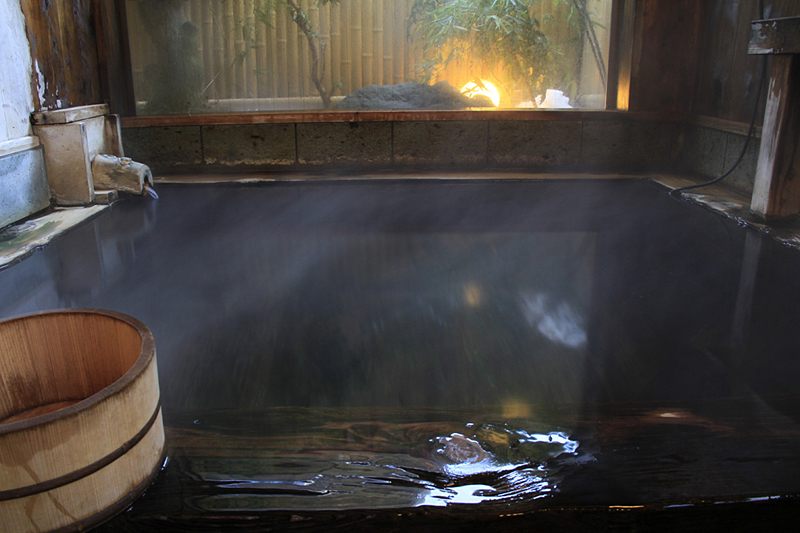
The spring quality of ``Iwase Yumoto Onsen'' is a sodium/calcium chloride spring, making it a slightly alkaline beauty hot spring. The source temperature is approximately 49 degrees Celsius, and approximately 69 liters of water gushes out naturally per minute.
Both inns have water flowing directly from the source. It is effective for neuralgia, muscle pain, joint pain, joint stiffness, chronic digestive disorders, sensitivity to cold, recovery from illness, recovery from fatigue, cuts, chronic skin diseases, chronic women's diseases, etc. It is particularly effective for cuts, and it is said that in the past, when agricultural horses were injured, they would be healed in this hot spring.

A little off-topic, but the quality of the hot springs at the JRA (Japan Racing Association) rehabilitation facility “Horse Hot Springs (Racehorse Rehabilitation Center Tokiwa Branch)” located in Iwaki City, Fukushima Prefecture is also sodium chloride spring (officially known as sodium chloride spring). is the sulfur-containing sodium-chloride line).
A hot spring discovered during the Heian period, an inn connected to Yumori that has been passed down through generations.
``Iwase Yumoto Onsen'' was a post town along the Iwase Kaido, which ran from the Shimotsuke Kaido (Aizu Nishi Kaido), which connected Nikko to Aizu, towards Shirakawa. Hot springs were discovered a long time ago, around the beginning of the 9th century (Heian period).
At the time, Emperor Saga fell ill, and in order to heal his illness, he followed a divine prophecy that said he needed hot water flowers to heal his illness. Three star brothers close to the Emperor visited the area and found a hot spring that contained hot spring water, which was said to be effective against illness. Legend has it that if you brought Yunohana back to the capital and presented it to the Emperor, you would be completely cured of your illness.
The three brothers remained in the area as the hot spring keepers, and their family has been protecting the hot spring for a long time. During the Edo period, three hot spring inns were established: Yuguchiya, Hoshinoya (currently Hinoki Furo no Yado Branch), and Kadoya (now out of business), two of which are still in business today. is.
Iwase Yumoto Onsen was also involved in the Boshin War that broke out in the Aizu region from the end of the Edo period to the Meiji period. Since Iwase Kaido was the shortest route from Shirakawa to Aizuwakamatsu, the Aizu clan feared that the villages along the road would become bases for Meiji government forces, so all the buildings in the village were burned down except for the shrines and temples. .
``Yuguchiya'' and ``Hinoki Bath House Bunke'' are no exception, and the current buildings were rebuilt after the Boshin War.

Iwase Yumoto Onsen<Information>
- Address: Yumoto Ihira, Tenei Village, Iwase District, Fukushima Prefecture
- Phone number: 0248-82-2117 (Tenei Village Tourism Association)
- Spring quality: Sodium/calcium-chloride spring
- Source temperature: Approximately 49℃, natural spring
- Official URL: Fukushima trip
Google Map
“Gensentei Yuguchiya” is designated as a registered tangible cultural property of the country.
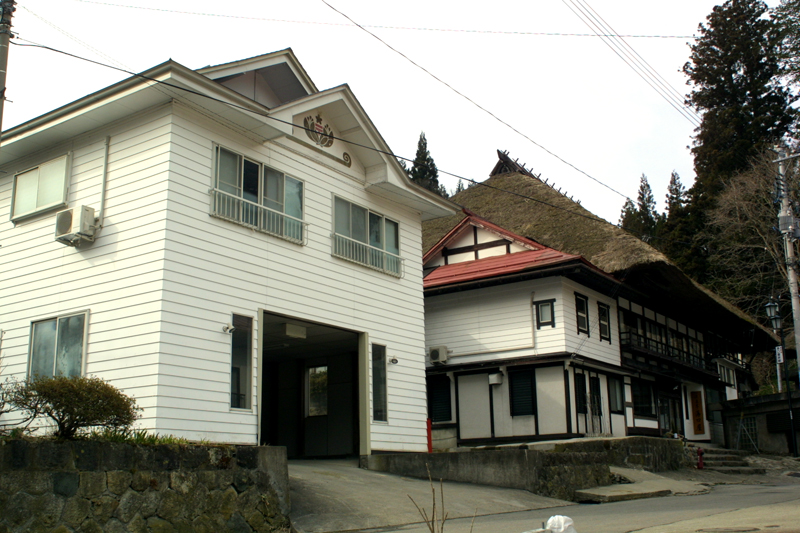
``Gensentei Yuguchiya'' is a two-story old folk house with a thatched roof, and has 12 guest rooms, all of which are Japanese-style rooms. The hot spring bathhouse has separate indoor baths for men and women. It is a series of white wooden buildings that were once the site of a post office, and the second floor is used as the guest rooms of ``Gensentei Yuguchiya''.
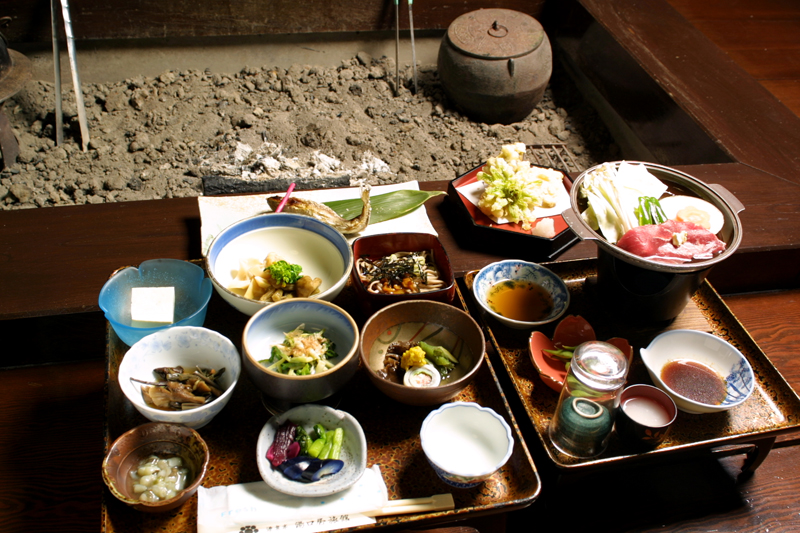
The cuisine is mountain village cuisine made with locally produced ingredients such as the local specialty Yacon, and since the inn is located between Aizu and Fukushima Nakadori, you can enjoy the local cuisine of both.
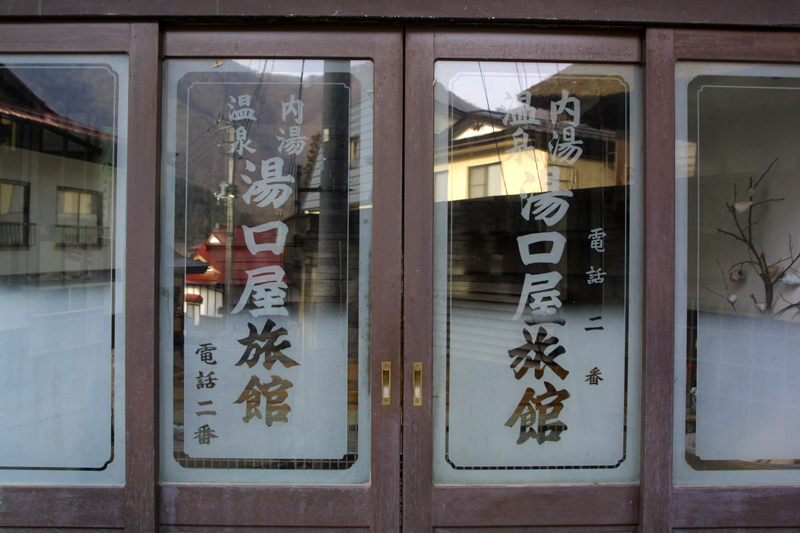
Sentei Yuguchiya <Information>
- Name: Iwase Yumoto Onsen Gensentei Yuguchiya
- Address: 14 Yumoto Ihei, Tenei Village, Iwase District, Fukushima Prefecture 962-0621
- Phone number: 0248-84-2001
- Official URL: http://www.gensen-yuguchiya.com/
Google Map
"Hinoki Bath Inn Bunke" has been renovated in a modern Japanese style with a reduced number of rooms.
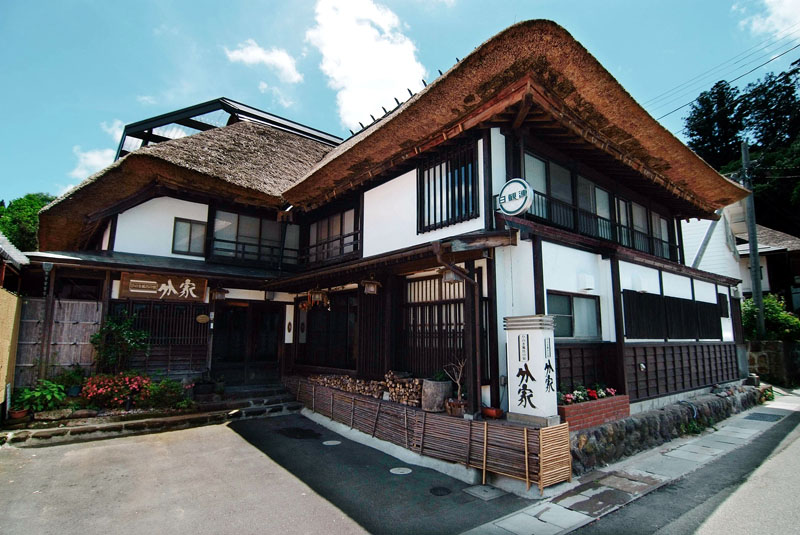
``Hinoki Bath Inn Bunke'' was opened in 1841 as ``Bunke Hoshinoya Ryokan,'' with hot water shared from ``Hoshinoya,'' which was founded by three brothers. The name was changed to the current Hinoki Bath House Bunke in 1993. It is a two-story old folk house with a thatched roof, and is a very valuable building in the "magaya" style, one of only a few remaining in the Aizu region.
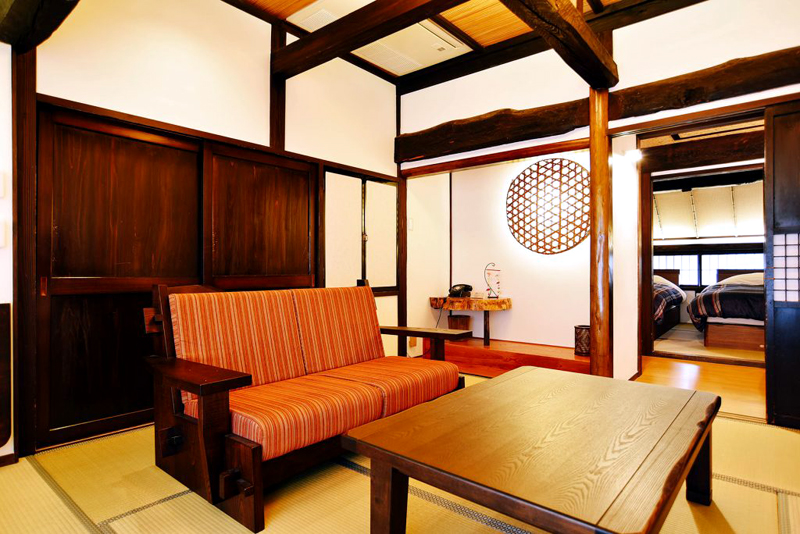
There are 4 guest rooms. The original 8 guest rooms have been renovated into 4 rooms while retaining the atmosphere of the past, creating a luxurious space. One room has a bed on tatami mats and a work space. Two indoor baths can be reserved for groups.
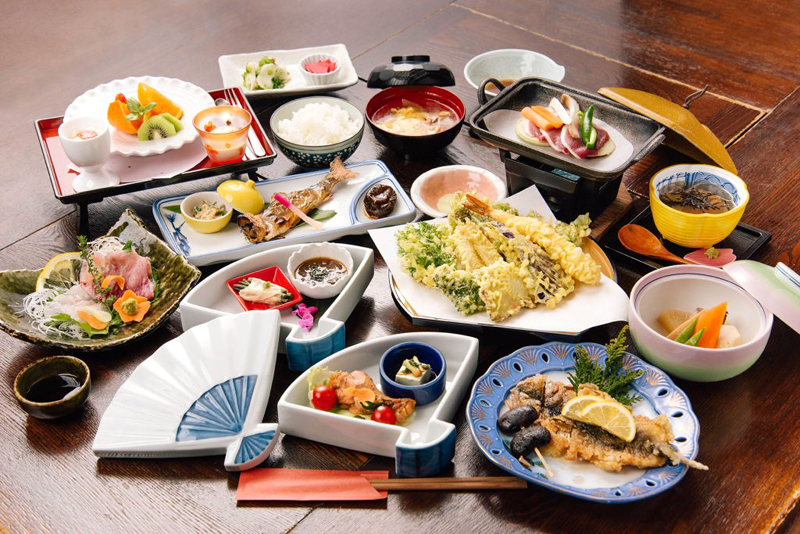
The food is Satoyama cuisine, made locally for local consumption. We also have a wide selection of local sake and fruit wine.
Hinoki bath inn branch house <Information>
- Name: Hinoki Bath Inn Branch House
- Address: 7 Yumoto Ihei, Tenei Village, Iwase District, Fukushima Prefecture 962-0621
- Phone number: 0248-84-2314
- Official URL: https://www.yuyado-bunke.com/



![[Tenei Village, Fukushima Prefecture] England in Fukushima Prefecture? British Hills spreads deep in the mountains. Let's enjoy the popular "Afternoon Tea"! 23403960_s](https://jp.neft.asia/wp-content/uploads/2022/04/23403960_s-150x150.jpg)
